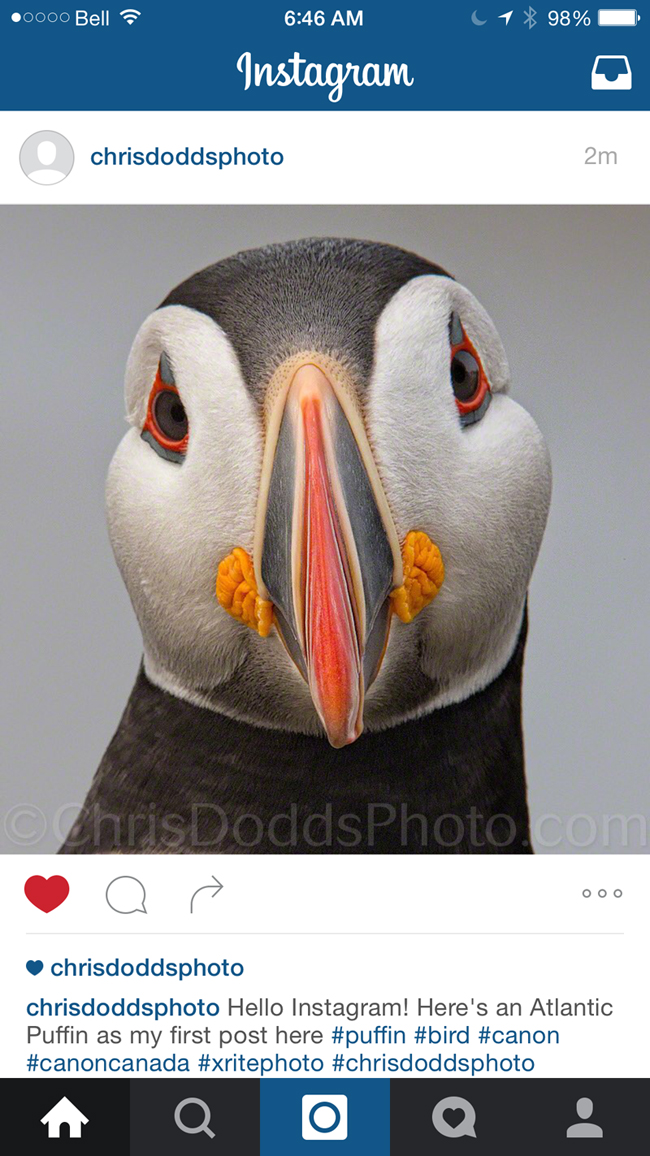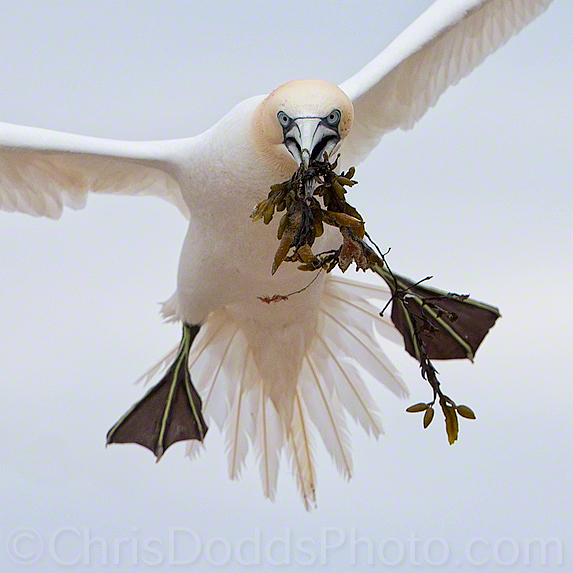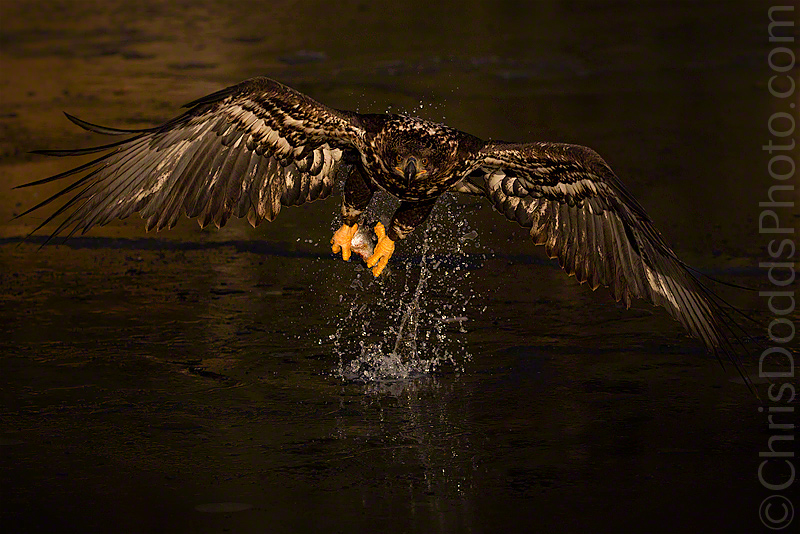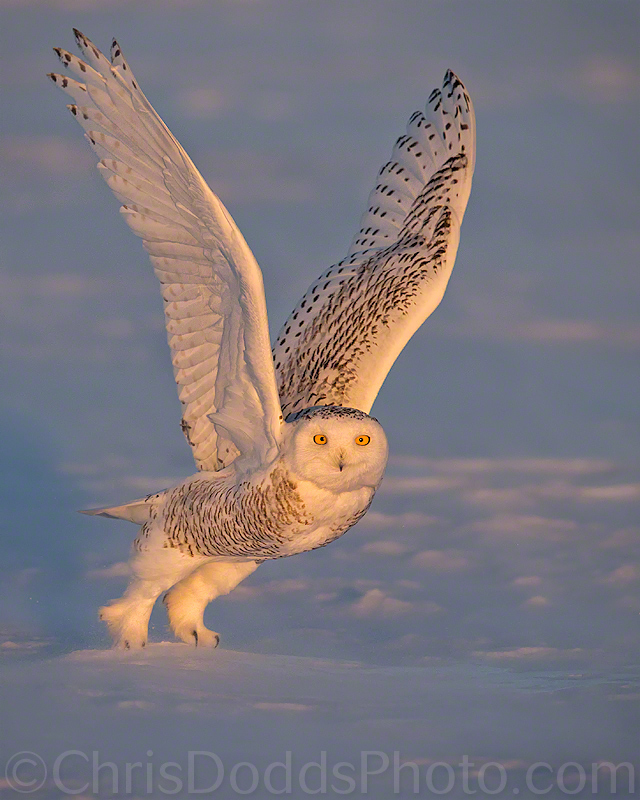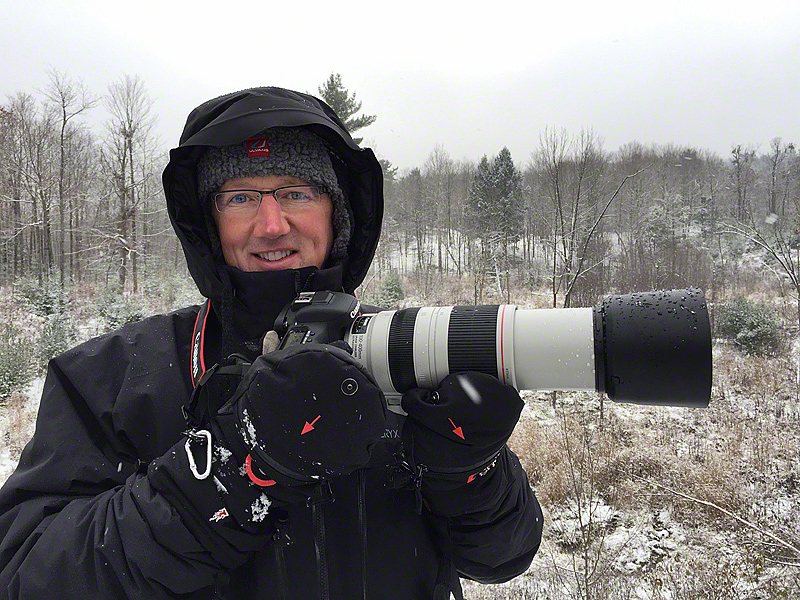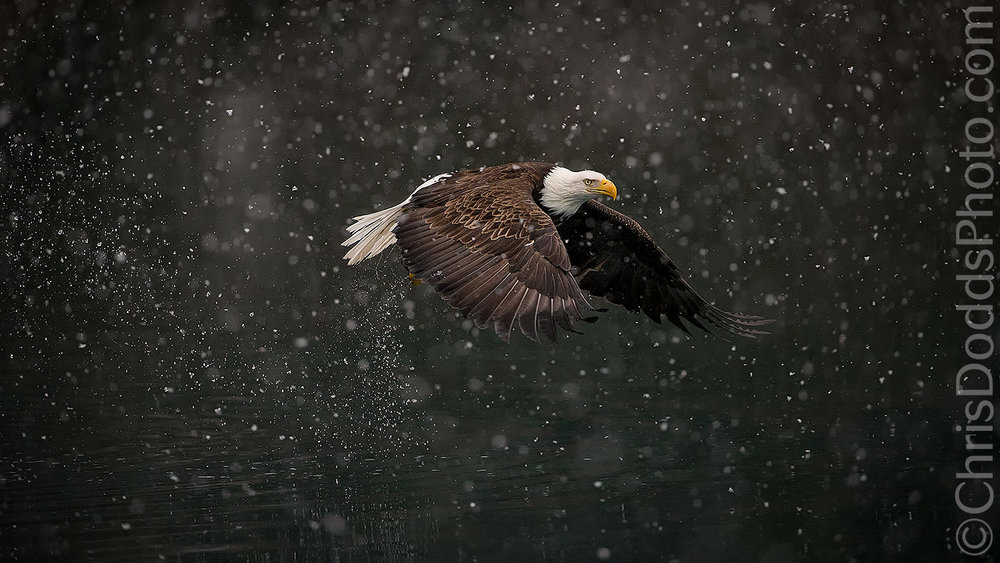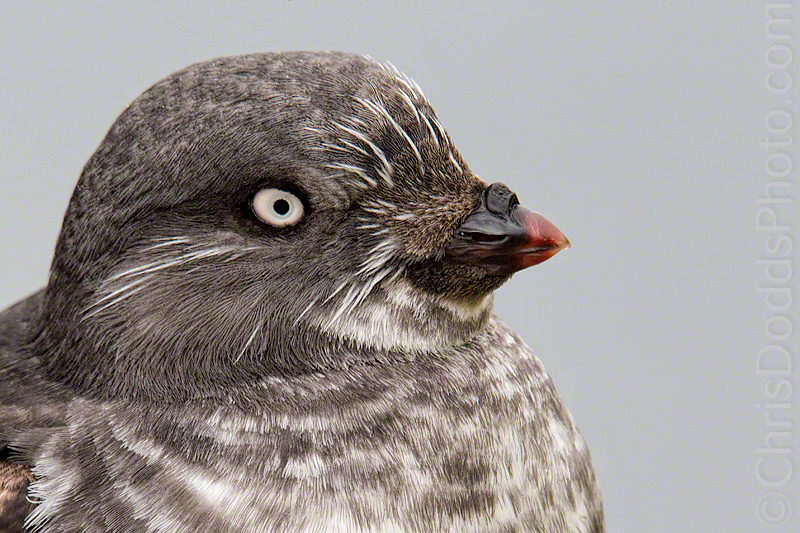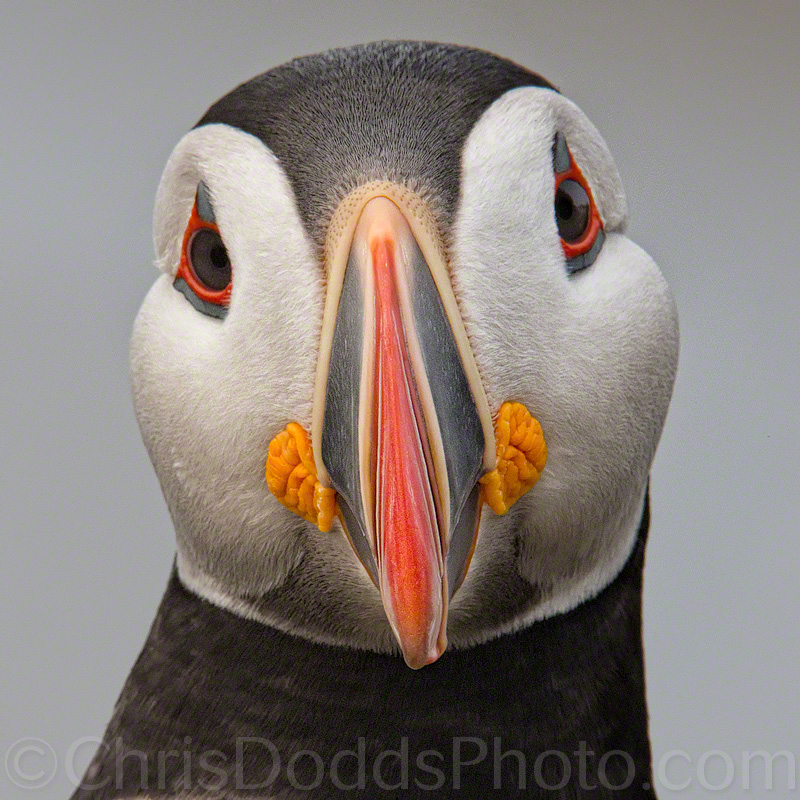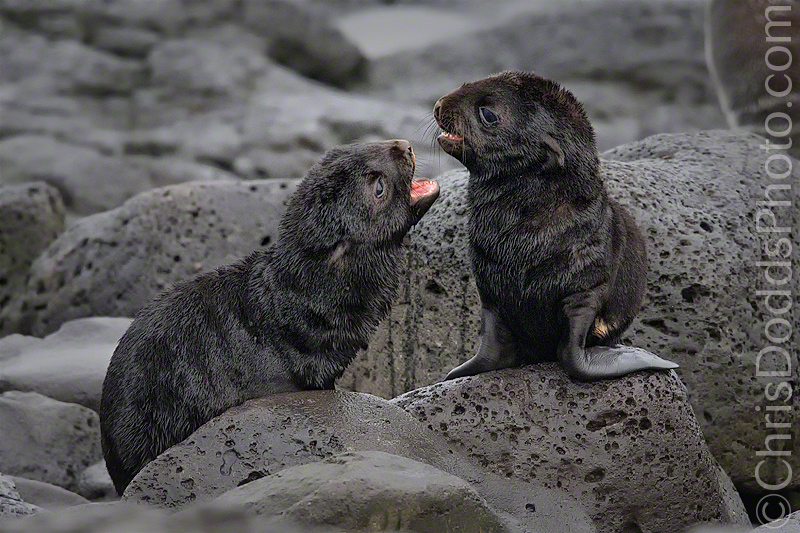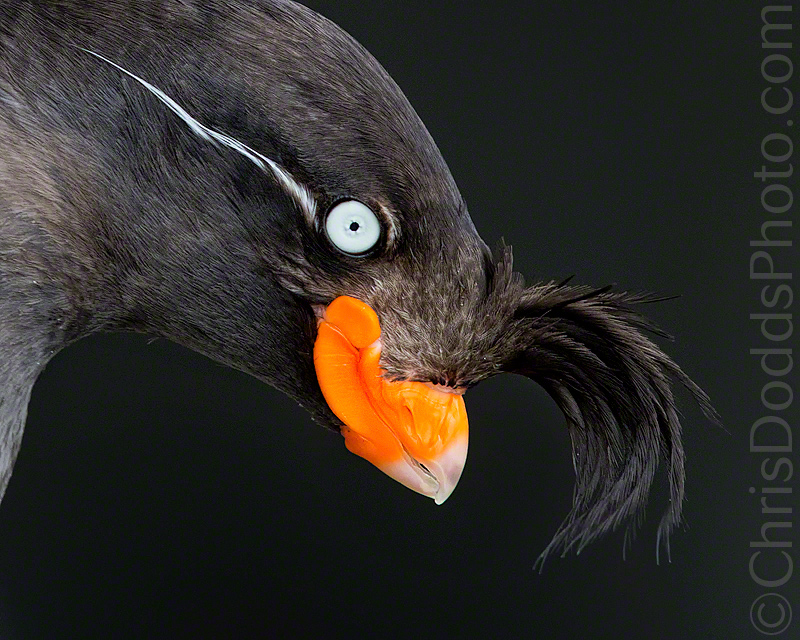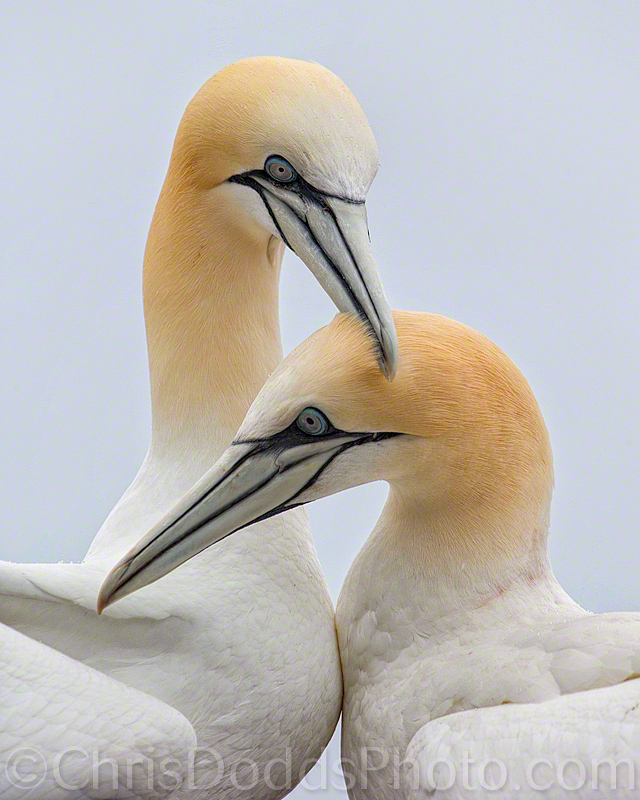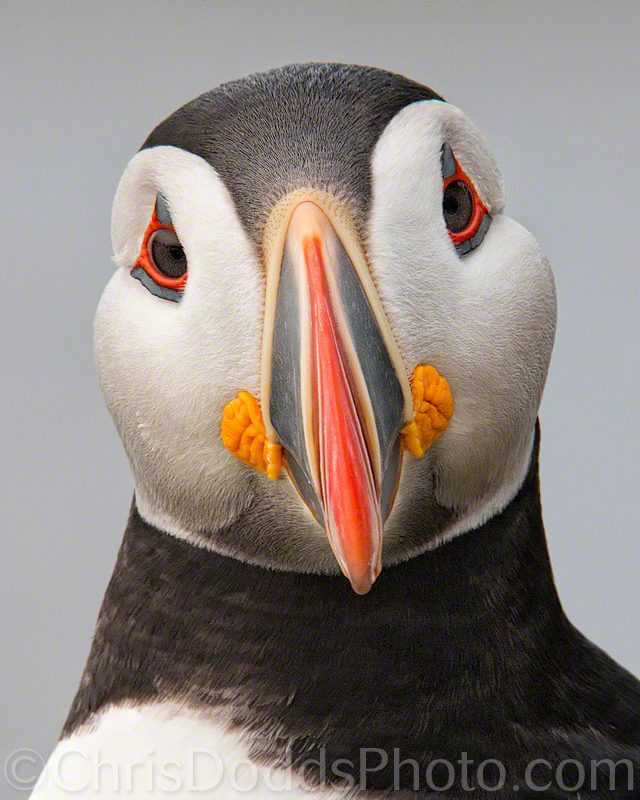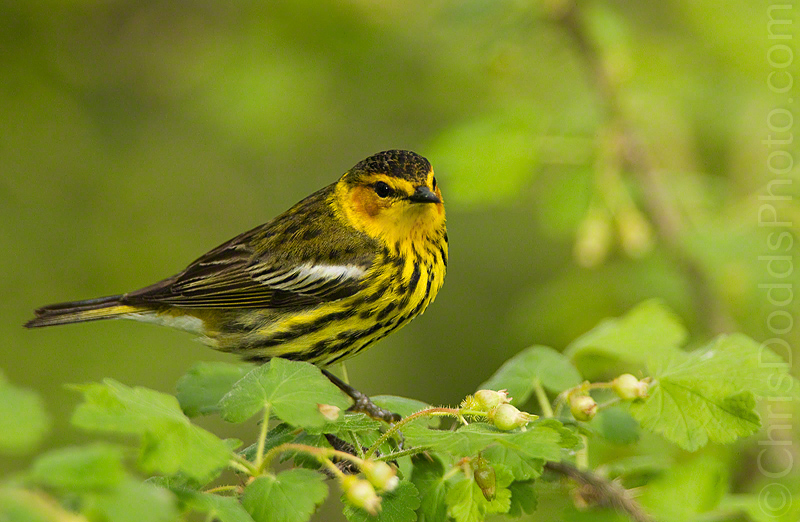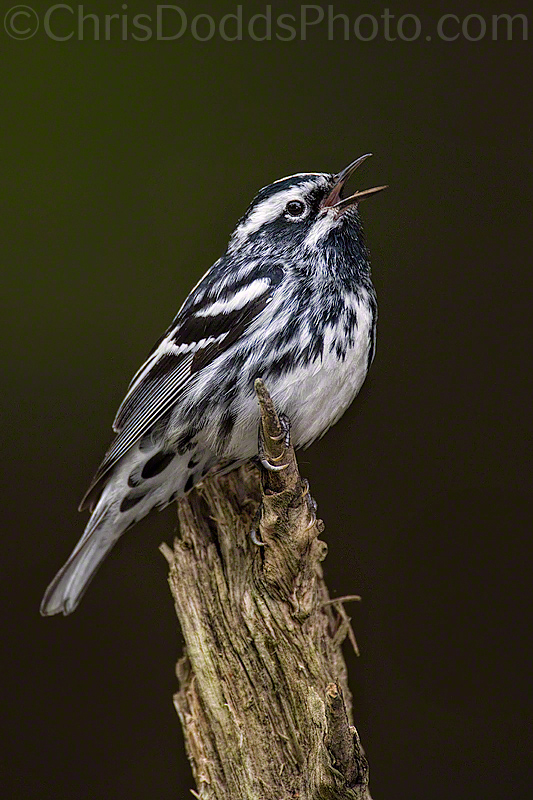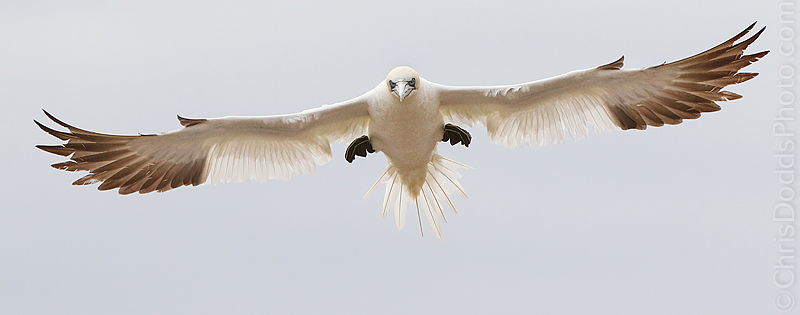
Northern Gannet (Morus Bassanus, Fou de Bassan, NOGA) Parc national de l'Île-Bonaventure-et-du-Rocher-Percé, Bonaventure Island, Quebec Image Copyright ©Christopher Dodds www.chrisdoddsphoto.com All Rights Reserved. Canon EOS 7D MKII, 70-200mm F2.8L IS USM II, (@200mm). ISO 800, F5.6 1/4,000s Manual. "Photograph made with a beta (non-final) sample of Canon EOS 7D Mark II. Image quality may not represent the final output from shipping cameras but is likely to be very close." - fine print courtesy Canon Canada Inc.
Canon EOS 7D mark II review
My friends over at Canon Canada have been keeping me busy testing and trying the newly announced Canon EOS 7D Mark II. I have been busy building a portfolio of images made with the new camera that I will present at various dealer launches of the camera for Canon. In keeping with tradition, I won't list all of the features and specifications which can be found on the Canon 7D Mark II product page found HERE.
I had access to the first generation pre-production unit on Sept. 15, but didn't get my hands on it until I returned from Arizona on Sept. 23. There were rules in place to prevent images from being posted from the pre-production unit; easy to understand that Canon didn't want the critiques to get their hands on images before the firmware and hardware were tweaked enough to properly represent what the camera is capable of. To be crystal clear: I am A Canon Northern Explorer of Light, an ambassador for the brand. I am not under any obligation to mislead you or misrepresent this camera; I am not begging you to purchase through an affiliate link here which will give me any commission. This is simply my review of this much anticipated camera.
I wanted to put the camera through it's paces at one of the best locations I know; somewhere there are beautiful birds and lot's of them, somewhere that if the weather is right, there would be non-stop action to photograph. I jumped behind the steering wheel, set my GSP and drove the 14 hours to one of my favourite places: Bonaventure Island in the Gulf of St. Lawrence 3.5 kilometres (2.2 mi) off the southern coast of Quebec's Gaspé Peninsula.
The weather, the Northern Gannets and the new camera performed flawlessly. I was blown-away by the Dual Digic-6 processor driven auto focus system. In low contrast, cloudy and slightly foggy conditions, shooting white birds against near white backgrounds, the auto-focus was unbeatable. I started with my Canon 70-200mm f/2.8L IS USM lens, and quickly went through all of the lenses and extender combinations to see if there were limits. Even shooting with a lens+extender combination with a maximum aperture of f/8 (600mm f/4L IS USM II and 2X III extender … yes, 600mm with doubler =1200mm X 1.6 crop factor= 1920mm), the auto-focus proved it may even be slightly faster/better than the professional Canon 1DX. Throw in 10 frames per second capture rate and no noticeable shutter lag and this truly is a dream camera body for bird photographers and action/sports/press photographers alike.
The BIG Question: how is the noise?
Almost every single time someone on a workshop tells me that their camera is noisy at any given ISO, I can clearly show them they are constantly underexposing their images and correcting their poor field craft via software after the fact. There are various ways to correct poor exposure mistakes; the most obvious of which is to slide the exposure slider to brighten it. Since digital cameras see and record light like our eyes see it, there is much more detail in the highlights, than the shadows. Underexposing an image limits the data captured at the time of exposure and there is no way to replace that missing information without introducing noise to the image. I see these mistakes mostly amongst photographers using some of the most expensive cameras on the market; they have paid a lot of money for a camera, but are recording about half of the data it is capable of recording had the image been properly exposed to start with.
While discussing the performance of a camera at high ISO, it is important to note that physics dictates that a smaller sensor would have more noise than a larger sensor of the same type. This is of particular importance while comparing the 7D mark II to Canon's flagship professional camera body, the 1DX. The 1DX, in my opinion, remains the very best camera money can buy for high ISO noise preformance; but at a much higher price point.
So, what about the 7D Mark II noise? Simply put: the camera produces amazing results. I used the camera at 200, 400, 800, 1,000, 1,200 and 1,600 ISO without feeling concerned at all. The files are rich and full of detail; images made at 1,600 ISO did show a little noise in the shadows, but there is a tremendous improvement over those same files from the original 7D. I have played around with ISO settings up to 16,000; impressive performance for an APS-C sensor, but I might start to reach for my 1DX if anything above 3,200 ISO is required for the task.
In conclusion
The Canon EOS 7D mark II totally rocks! If you weigh the features, file size and quality against the price, it is a worthy 1DX contender. There is little reason to own a 1DX if you regularly work below 1,600 ISO and the 7D mark II makes an awesome and economical back-up to anyone with a 1DX. I know that I will replace my second 1DX with the lighter 7D mark II. I will be keeping a 1DX in my camera bag, but will likely favour the lighter 7D mark II on most occasions; to be honest, I haven't picked-up my 1DX since getting my hands on the 7D mark II. The 1.6X crop factor was a welcome treat after using full frame cameras for so long; not having to add an extender also meant not loosing a stop from the maximum aperture of the lens I was using, which meant I didn't have to increase my ISO to maintain my desired shutter speed.
I love the weight and feel of the camera, which truly is much more rugged, weatherproof and professional feeling than the original 7D. I will have a hard time using any camera now without all of the information available through it's new viewfinder display; level, shooting mode, settings, file format, etc. are all available without taking your eye away from the viewfinder. Throw in 10 frames per second capture rate and no noticeable shutter lag and this truly is a dream camera body for bird photographers and action/sports/press photographers alike. The GPS and compass is a very welcome addition and the camera, as a whole, represents tremendous value.
Stay tuned for more about the 7D mark II in future posts.
